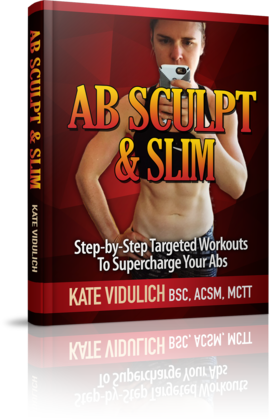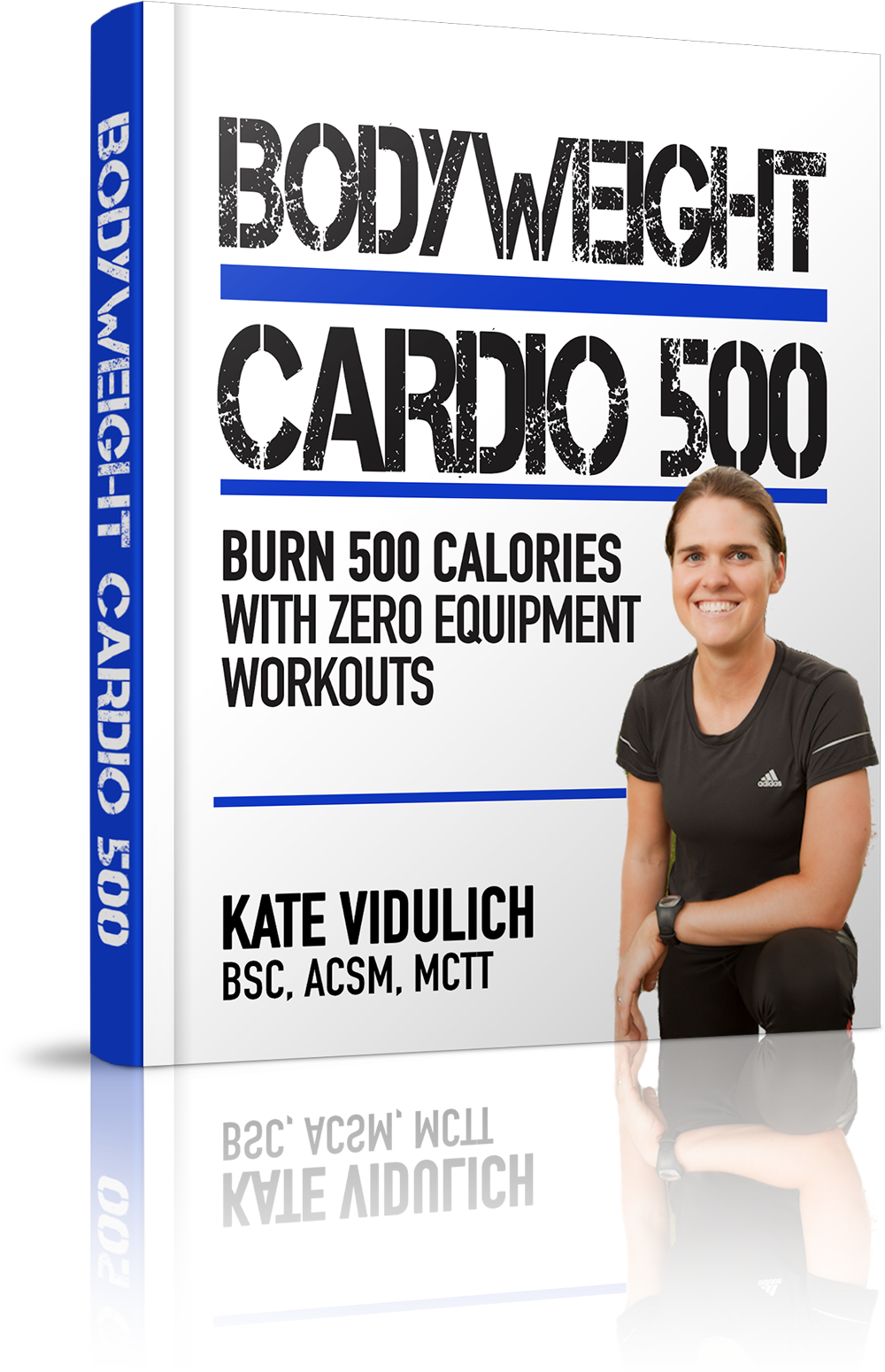You already know metabolic resistance training is the fast track to fat loss. Did you know, that combined with metabolic conditioning, it’s also the best way to improve your athletic performance and overall energy utilization in your body?
The phrase “metabolic conditioning” aka MetCon is a hot topic in the fitness industry – and it’s a little different to MRT. Every C-Fitter and their dog seems to have their own definition, so it’s no wonder you might be confused.
At one gym, it could mean doing medicine ball slams, battling ropes and kettlebell swings circuits until you throw up, while down the street at another gym it could simply mean doing intervals.
But what does metabolic conditioning really mean? More importantly, what type of metabolic conditioning is most effective for you?
Defined: Metabolic Conditioning Training
Let’s be official and get a serious definition here:
- MetCon improves your muscles ability to store and utilize the energy it receives. It simply refers to structured patterns of work and rest periods to maximize the efficiency of a particular energy system.
- The body has several pathways for getting energy, and incorporating different work to rest ratios calls upon different energy systems causing specific adaptations.
Did you catch that?
In plain English, MetCon involves training different energy pathways, by manipulating work to rest periods to turn your body into a lean, athletic, energy-guzzling machine.
The type of exercise is not important; what really counts is the intensity and duration of the exercise, and the rest period, which determines the energy pathway called to action.
What MetCon is NOT
1. This is not the same as traditional interval training
2. It’s definitely not the same as long, slow cardio
3. You don’t need to lift insanely heavy weights
4. It’s not about pushing yourself until you spew
5. Fancy equipment is not essential
Listen, simply throwing a bunch of exercises together and going nuts until you throw up is NOT the most effective way of using metabolic conditioning. You need to plan a structured attack, depending on your goal and the desired outcome.
During a metabolic conditioning workout, strategically altering the work to rest period will emphasize and train one particular energy system, and optimize energy production and utilization based on your specific training goal.
For example, someone looking to run further would have a different work to rest ratio compared to one trying to sprint faster. Different goal = different protocol.
Note: Every interval must be performed at max intensity to get optimal benefits from the workouts. This means it’s really hard, and NOT for beginners. Otherwise, it simply becomes another aerobic workout, and that’s the last thing you want to do.
Another important point to remember is no one particular energy system works exclusively at one time. Often, two energy systems are working simultaneously, but one tends to dominate depending on the demands of the exercise.
Let’s briefly review each of the energy systems, so you can see how it works.
The Immediate Energy System
Also known as the creatine phosphate pathway, this system is the fastest and most powerful for producing energy.
Think sprinting and Olympic lifts. The most important thing to note is the short duration of the work period and long recovery time between sets. It takes 10 seconds to deplete this system, and three to five minutes to fully recover.
Example Workout:Improve Your Power
Work: Rest Ratio = 1:2
Work: 10s
Rest: 90-120s
(a) Plyometric Push Ups
(b) Box Jumps
(c) Tuck Jumps
Rounds: 4-5
The Intermediate Energy System
This is the glycolytic energy pathway, responsible for providing energy in exercises lasting one to four minutes. This primarily comes into play during short, intense intervals of middle distance running and weightlifting. It will take one to three minutes to fully recover.
Example Workout: Improve Athletic Performance
Work: Rest Ratio = 1:2
Work: 20s
Rest: 40s
(a) DB Swings
(b) DB Snatches
(c) DB Renegade Row
(d) DB Squat to Push Press
Rounds: 2-3
The Long Distance System
Commonly known as the aerobic pathway, this energy system is primarily active during easy to moderate exercise. Aerobic training involves getting the body more efficient at delivering blood to the working muscles, with oxygen present.
You can go for hours using this energy system, because you have an unlimited source of fuel in your fat stores. Plus, the aerobic pathway can recover in a matter of seconds.
Example Workout: Improve Your Endurance
Work: Rest Ratio = 4:1
(a) DB Swings 30s
(b) DB Snatches 30s
(c) DB Renegade Row 30s
(d) DB Squat to Push Press 30s
Rest for 30s
Rounds: 3-4 times
Metabolic Conditioning for Fat Loss
You must be wondering…
“What if I don’t want to be a sprinter, weightlifting champion or marathoner? I just want to lose fat and get lean fast.” – said my client yesterday.
This is where MetCon gets really awesome.
What the most effective form of metabolic conditioning for fat loss training?
By combining different energy systems in a mix of short and long duration intervals, we can optimize energy production and maximize the after burn effect.
Here’s the cool thing:
You burn more calories, increase the after burn and EPOC effect, sweat buckets and get maximum results without going anywhere near a treadmill, bike or elliptical.
We manipulate the work to rest period and change it to 1:2 OR 3:1. Check out the workouts below and this will make more sense.
Try a MetCon Workout Instead of Boring Intervals
Do each of these workouts once per week, as a replacement for your intervals.
Day A Workout
Work to Rest Period: 1:2 (20s:40s)
(a) Burpees 20s, Rest 40s
(b) Jumping Jacks 20s, Rest 40s
(c) Spiderman Push Ups 20s, Rest 40s
(d) Jump Squats 20s, Rest 40s
Repeat 2-3 times
Day B Workout
Work to Rest Period: 3:1 (45s:15s)
(a) Walk out to Push Up 45s, Rest 15s
(b) Front Squat to Push Press 45s, Rest 15s
(c) Chin Ups 45s, Rest 15s
(d) Jump Rope 45s, Rest 15s
Rest 60s then repeat 2-3 times
3 Big Takeaways
Since you’ve read this far – first of all thank you for being awesome! And… here’s the top 3 takeaways:
1. Bring the intensity and go hard with every interval
2. The rest is just as important as the interval itself. Time it, enjoy it.
3. Use a load that’s challenging without comprising your form
Have you done a metabolic conditioning workout or class? Was it good, bad or downright scary? Share your war stories in the comments box below.
If you want 6 FREE Bodyweight Workouts that use principles of metabolic conditioning for faster fat loss, check it out here:
==> Grab Your 6 FREE Bodyweight routines here
Bring on MCT!
Kate “KV” Vidulich
PS. In the next post, we’ll talk about how to incorporate a combination of these workouts into YOUR fat loss program.
















3 Replies
Hey KV It has been hectic in my houwe, but I have tried to keep up with you. I thought you moved to Los Angeles, and now you are in San Francisco You have yet to be in the best place which is San Diego!
Yours is the best email everyday–the only one I follow
the doc
Hey Doc! Hahahaha I know, right?! I’m just trying to keep you on your toes San Diego is a very beautiful spot. I’ll let you know if I venture that way. Thanks for the kind words – you rock! KV
San Diego is a very beautiful spot. I’ll let you know if I venture that way. Thanks for the kind words – you rock! KV 